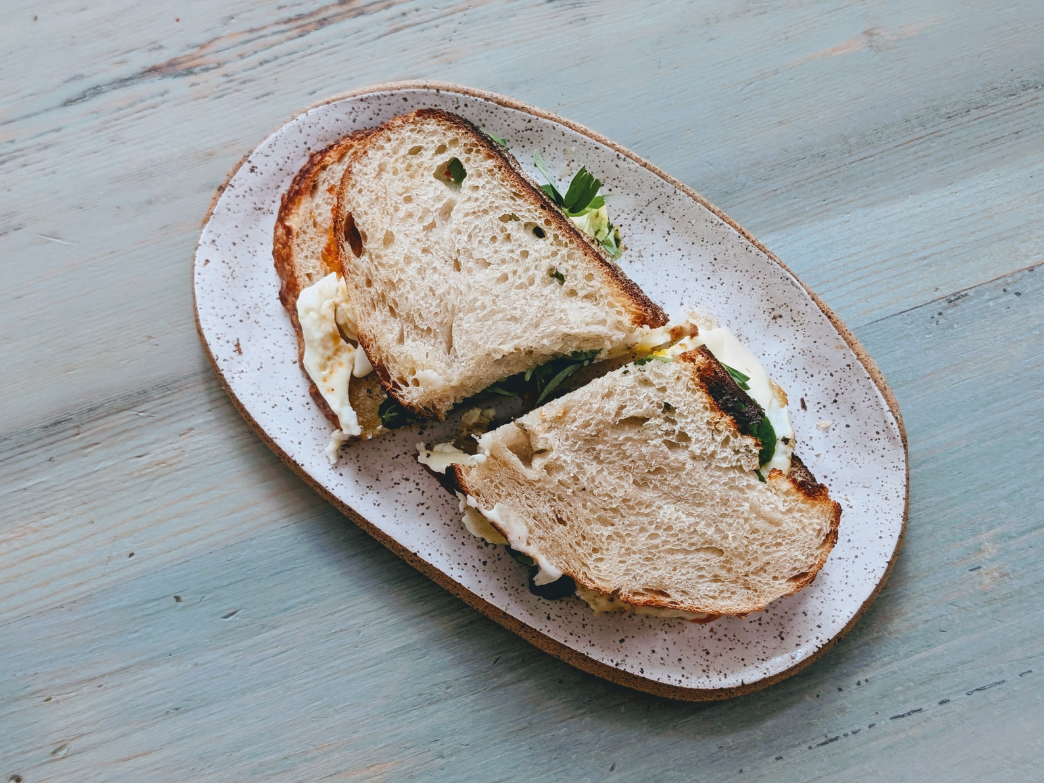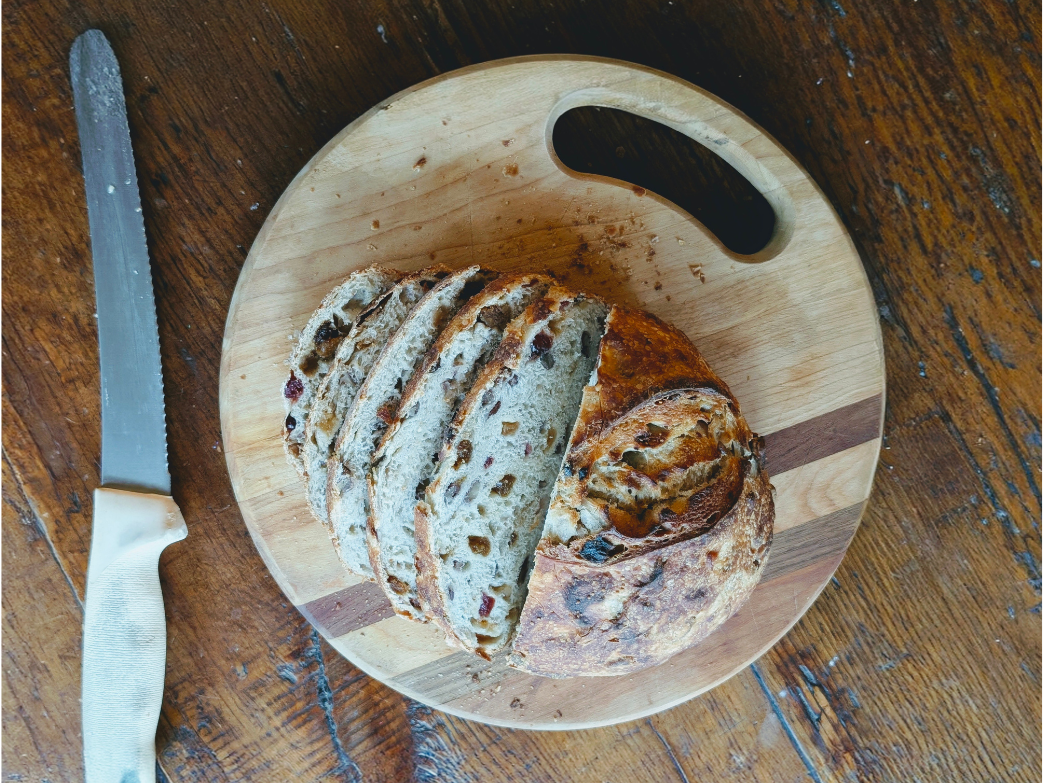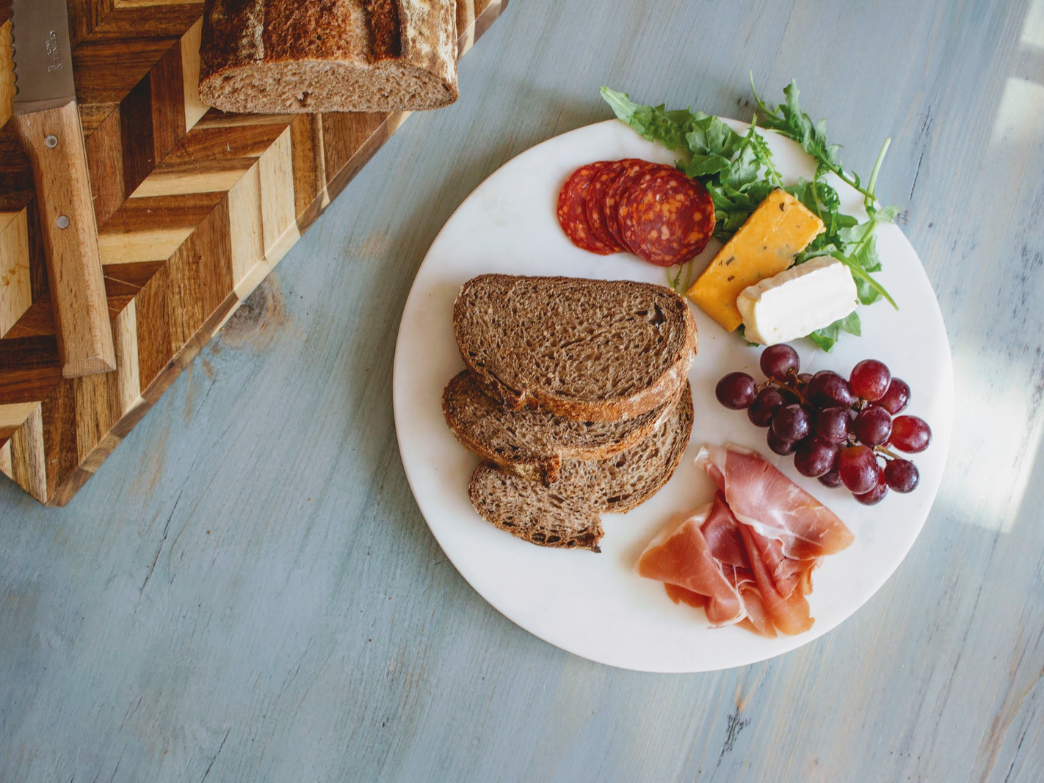By Dr. Jorge, Ph.D.
Wildgrain, opens in a new tab is the first bake-from-frozen subscription box for sourdough breads, fresh pastas, and artisanal pastries.
Do you have IBS and are considering a transition to a FODMAP diet? If you’re a pasta lover, you might be concerned about whether you can still enjoy your favorite Italian dishes while managing digestive symptoms. Don’t worry—we’ve got you covered! Read on to discover the best types of pasta to enjoy while following a low FODMAP diet.
Why is pasta high in FODMAP?
Fermentable oligosaccharides, disaccharides, monosaccharides, and polyols (FODMAPs) are a class of carbohydrates that may be problematic for the digestive system. Since wheat flour is a high-FODMAP food and traditional pasta is made from wheat, pasta is a high-FODMAP food. However, there are nontraditional pasta options, such as brown rice pasta and quinoa pasta, that can be enjoyed while following a low-FODMAP diet.
What pasta is FODMAP-friendly? What type of pasta can you eat on FODMAP? What kind of pasta is low FODMAP?
FODMAP-friendly pasta is defined as being made with low-FODMAP ingredients. Pasta made with rice, corn, and quinoa falls under this category. Although these types of pasta are good options for those on a low FODMAP diet, it is recommended to stick to a 1-cup serving. However, it is crucial to check the label to ensure the pasta doesn’t contain any additional high FODMAP ingredients, like chickpeas, lentils, peas, or beans.
What pasta is FODMAP-friendly? What type of pasta can you eat on FODMAP? What kind of pasta is low FODMAP?
FODMAP-friendly pasta is defined as being made with low-FODMAP ingredients. Pasta made with rice, corn, and quinoa falls under this category. Although these types of pasta are good options for those on a low FODMAP diet, it is recommended to stick to a 1-cup serving. However, it is crucial to check the label to ensure the pasta doesn’t contain any additional high FODMAP ingredients, like chickpeas, lentils, peas, or beans.
Is whole wheat pasta low FODMAP? Can you eat whole wheat pasta on a FODMAP diet?
Whole wheat pasta is generally not considered low FODMAP. This is because wheat is a high FODMAP ingredient and food made from whole grains (i.e. whole wheat pasta) can be difficult for the body to digest and break down. For this reason, eating whole wheat pasta could give IBS sufferers gas, diarrhea, or abdominal pain. However, individuals on a low FODMAP diet may be able to handle a maximum serving size of ½ cup of whole wheat pasta.
Is whole grain pasta low FODMAP? Can you eat whole grain pasta on a FODMAP diet?
Like whole wheat pasta, whole grain pasta made with wheat flour is not low FODMAP. The consumption of whole wheat flour can cause uncomfortable symptoms for many people with IBS. However, rice-based pastas, such as brown rice pasta, may be FODMAP-friendly. Just make sure to carefully review the ingredients list and try to limit your serving to 1 cup.
Are rice noodles low FODMAP? Can you eat rice noodles on a FODMAP diet?
Rice noodles are low FODMAP foods since the main ingredients are rice flour and water, which are FODMAP-friendly. That being said, you can consume rice noodles while following a FODMAP diet; however, it is advised to keep the serving size to 1 cup.
Are egg noodles low FODMAP? Can you eat egg noodles on a FODMAP diet?
Egg noodles might be considered low FODMAP. Since the main ingredient of egg noodles is wheat flour, egg noodles are only low FODMAP at a serving size of ½ cup. At a serving of 1 cup, egg noodles are moderate to high FODMAP. To satisfy your craving for noodles while adhering to a low-FODMAP diet, try soba noodles or rice noodles instead of egg noodles.
Is gluten-free pasta better for FODMAP diets? Is gluten-free pasta low FODMAP?
Gluten-free pasta might be better for a low FODMAP diet, depending on what the pasta is made of. Not all gluten-free pasta will be low FODMAP since not all gluten-free ingredients are FODMAP friendly. One prime example of a gluten-free pasta that can have a high FODMAP content is chickpea pasta. It is better to choose pasta made with rice flour, oat flour, quinoa flour, or buckwheat flour if you are on a FODMAP diet.
Can you eat pasta sauce on a FODMAP diet? What pasta sauce is best for a FODMAP diet?
You can eat certain pasta sauces while on a FODMAP diet. The key is to make sure the sauce does not contain high FODMAP ingredients, such as onion, garlic, high fructose corn syrup, honey, and cream/milk. Since all these ingredients are frequently found in pasta sauce, it’s important to scan the sauce jar’s label for these high FODMAP ingredients. Look for pasta sauces with minimal and low FODMAP ingredients like tomatoes, olive oil, salt, and basil.
How much pasta can you eat on a FODMAP diet?
The suggested serving size for pasta depends on the kind of pasta you are eating. The recommended serving size for low-FODMAP pasta, such as brown rice pasta, quinoa pasta, and rice noodles, is roughly 1 cup. Conversely, it is recommended to eat a smaller portion size of moderate to high FODMAP pasta. If you are on a FODMAP diet, it is recommended to not eat more than ½ cup of whole wheat pasta or egg noodles.
Where can I buy healthy pasta online?
At Wildgrain, we specialize in making high-quality, fresh breads that are delivered directly to your door. Wildgrain is the first bake-from-frozen delivery subscription service for breads, rolls, pastries, and fresh pastas. Some of our popular pastas include Fresh Fettuccine, Fresh Rigatoni, and Fresh Tonnarelli. We also make homemade Classic Marinara Sauce. Learn more about Wildgrain and our artisanal baking and cooking methods.
About the Author
This content is for informational use only and does not replace professional nutrition and/or medical advice, diagnosis or treatment. It is not a substitute for and should not be relied upon for specific nutrition and/or medical recommendations. Please talk with your doctor about any questions or concerns.



